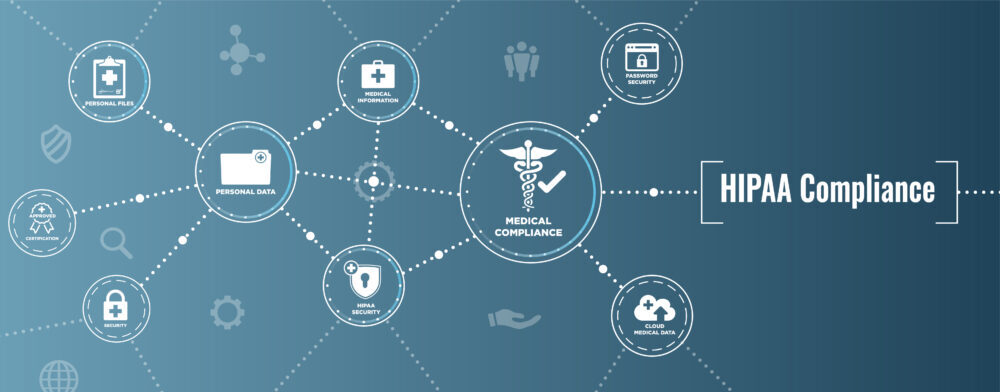Software as a Medical Device (SaMD) is defined by the FDA as “software intended to be used for one or more medical purposes that perform these purposes without being part of a hardware medical device.” Within the medical device industry, SaMD and cybersecurity have been a topic of conversation as the FDA implements a regulatory framework for digital platforms. As manufacturers develop innovative methods to utilize software to collect patient data, they need to ensure their products protect patient data privacy and any potential data breaches. The Health Insurance Portability and Accountability Act (HIPAA) has provided the healthcare industry with a set of standards and framework to address data protection.
HIPAA was issued by the Department of Health and Human Services to protect patient health information in insurance, healthcare, and hospital settings by the creation of standards. These entities who collect, receive or store protected health information are required to comply with HIPAA standards and must perform audits to identify potential data violations or cybersecurity breaches.
The methods of collecting, receiving, and storing protected health information continues to evolve with advances in healthcare IT technology. Medical devices are an integral part of the infrastructure that collects, receives, and stores patient data.
Medical Device Manufacturers Must Ensure Medical Software Is HIPPA Compliant
Four Factors Software as a Medical Device Manufacturers Should Ask Themselves To Understand if They Need To Be Compliant With HIPAA
- • What is the purpose of collecting this data?
- • Is this data identifiable or using any protected health information (PHI)?
- • Who will have access to any PHI? Only the data’s owner (i.e., patient), a medical professional, third-party associates, manufacturer?
- • Which of these entities will get access to PHI from the software?
In the medical device world, manufacturers perform verification and validation testing to ensure their products meet the defined design inputs and defined user needs. HIPAA compliance and cybersecurity is no different and will need to be a part of the software design requirements. Manufacturers are obligated to perform verification and validation testing on software to ensure compliance with the requirements defined by HIPAA standards.
HIPAA regulations ensure that patient’s data is protected and that the entities that house this data have processes in place to protect patient data in the case of any data breaches or threats. Manufacturers share the responsibility to ensure data safety by performing verification and validation testing for their software against reasonably anticipated data risks.
Contact DeviceLab Today For HIPAA Compliant Medical Device Software Development Services
At DeviceLab, we provide a full-service device design and engineering company that takes your idea from concept to production. When we create a device, we design the software to help you achieve regulatory compliance and meet HIPAA standards. Our systems will ensure data collected by your medical device is secure and protected from unauthorized access and tampering, using encrypted transmission protocols and validation testing. To schedule a free and confidential consultation, contact us today.



